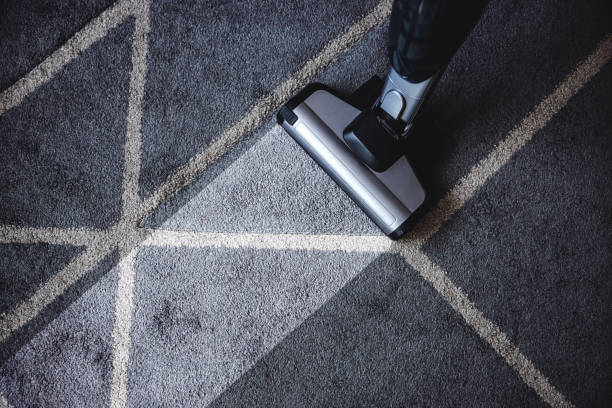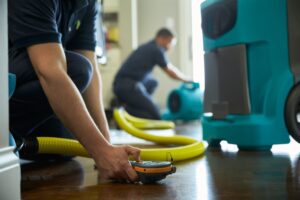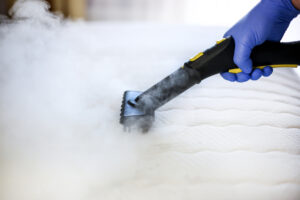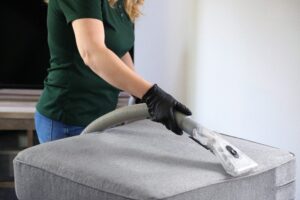Introduction
When it comes to dealing with mold issues, terms like “mold remediation” and “mold mitigation” are often used interchangeably. However, while they share a common goal — addressing mold problems in your home — they refer to different processes. Understanding the difference can empower you to make informed decisions when it’s time to protect your property and the health of your family. In this post, we’ll break down the distinctions between mold remediation and mold mitigation and explain why each approach is essential.
What is Mold Remediation?
Mold remediation is the process of identifying, isolating, and removing mold colonies from an indoor environment. The primary focus of remediation is to thoroughly clean, treat, and eliminate mold presence to prevent further contamination. This process involves several steps, including:
- Assessment and Testing – Professionals assess the affected area and may conduct testing to understand the type and extent of mold growth.
- Containment – Setting up containment zones to prevent mold spores from spreading to unaffected areas during removal.
- Removal – Using specialized equipment and cleaning agents to physically remove mold colonies from surfaces.
- Disinfection and Treatment – Applying antimicrobial solutions to prevent future mold growth.
The goal of remediation is to remove mold to a level that is safe for occupancy and to address the cause of the mold to prevent its return.
What is Mold Mitigation?
Mold mitigation, on the other hand, is all about taking proactive measures to reduce the risk of mold growth in the first place. Rather than dealing with an active mold problem, mitigation focuses on creating conditions in which mold cannot thrive. This process might include:
- Moisture Control – Identifying and repairing sources of moisture, such as leaks or humidity issues, as mold thrives in damp conditions.
- Ventilation Improvements – Ensuring proper airflow in areas like bathrooms, kitchens, and basements to reduce moisture buildup.
- Structural Adjustments – Fixing cracks, insulating pipes, and sealing windows to prevent moisture intrusion.
- Regular Inspections – Routine checks of mold-prone areas to catch any signs of mold early before it spreads.
Mitigation aims to proactively protect your home and prevent the need for more extensive remediation efforts in the future.
Mold Remediation vs. Mold Mitigation: Key Differences
- Timing: Remediation is reactive, dealing with an existing mold problem, while mitigation is proactive, preventing mold from growing in the first place.
- Process: Remediation involves active removal and treatment of mold, whereas mitigation focuses on measures to control environmental conditions.
- Goal: The goal of remediation is to remove harmful mold colonies, whereas the goal of mitigation is to prevent mold growth by managing moisture and other contributing factors.
Why You Might Need Both
For a healthy and mold-free home, both mold remediation and mitigation are crucial. If you have a current mold problem, remediation will eliminate the immediate issue. However, without mitigation, mold can quickly return if moisture levels aren’t properly controlled. Combining these approaches helps ensure long-term protection against mold and maintains a safer, cleaner environment for you and your family.
Protect Your Home from Mold with NSH Home Services
Understanding the difference between mold remediation and mold mitigation empowers you to make the best decisions for your home. At NSH Home Services, we offer comprehensive mold solutions, from thorough remediation to preventative mitigation measures. Contact us today to learn more about our mold services and how we can help safeguard your home from mold-related issues.
Share this post: on Twitter on Facebook




